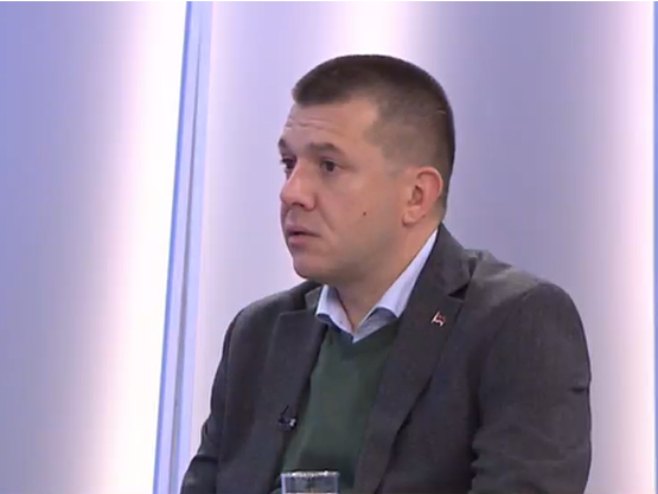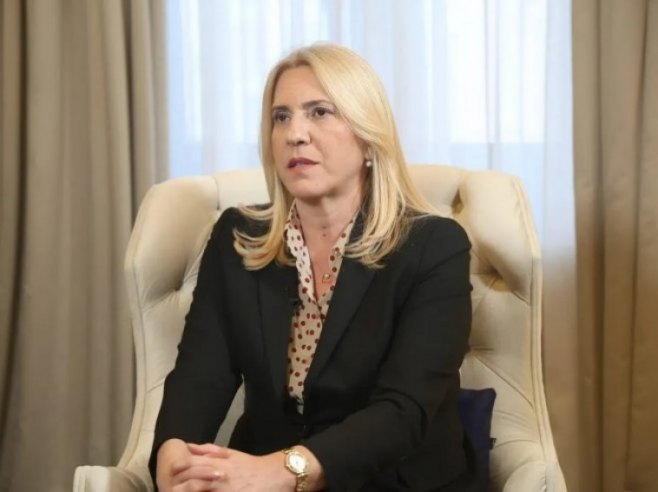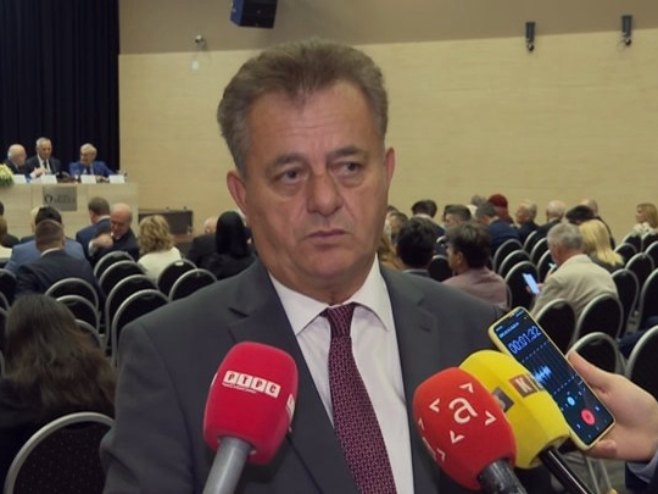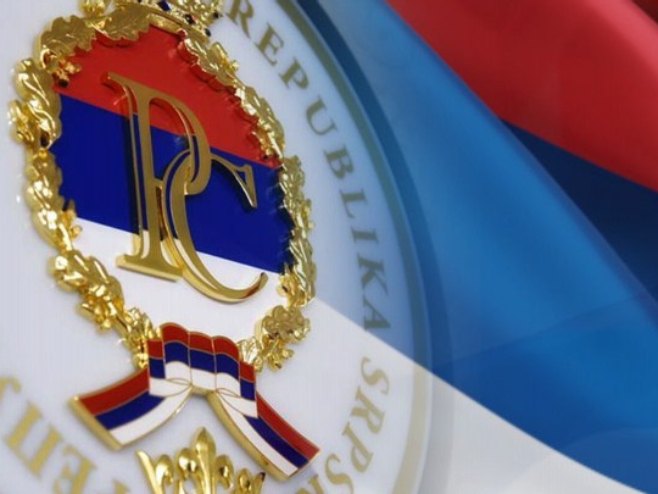Imports have increased, while exports have decreased. Reduced demand from abroad, especially from the European Union, and lower prices for certain products are the reasons for the weaker foreign trade balance of Republika Srpska compared to last year.
This has also resulted in a disappointing performance in industrial production.
Can we catch up by the end of this year?
Exports have decreased by 8.6%, while imports have increased by almost 4%. The overall result of foreign trade after six months, as reported by the Institute of Statistics, shows a weaker performance compared to last year. There are several reasons for this. However, in a wood processing company in Prijedor, they are not dissatisfied with their business operations. There were delays in exports, but this issue has been resolved. Here are their statistics:
“Last year, three to four months were really good. Then there was a certain slowdown. After that, in September and October, things picked up again,” said Boban Jakšić, the production manager of the company “Mastervud.”
If we delve into deeper analyses, we might conclude that the beginning of last year had above-average results, which were hard to match in 2024. Nonetheless, everyone agrees that the demand crisis in the European Union is still ongoing. Our largest export is electricity.
“The export of electricity has decreased both in value and quantity,” said Darko Milunović, director of the Institute of Statistics of Republika Srpska.
“When we did some analyses, we saw that the price of electricity was 500 euros per megawatt, and today it is half that,” added economist Bojan Lučić.
The Chamber of Commerce states that other sectors cannot fully boast about foreign demand either. About 86% of exporting companies are from the processing industry.
Our demand for imported products has not decreased, resulting in a worse foreign trade balance than before. What can we do to improve the results? According to businesspeople and economists, not much can be done in the short term. They believe that subsidies and investments in new technologies are among the solutions.
If it’s any consolation, there are also some positive statistical data regarding exports.
“In June 2024, compared to June 2023, exports increased by seven percent,” Milunović added.
In the first half of the year, Republika Srpska’s largest exports were to Croatia and Serbia, while imports came mainly from Serbia and Italy. The coverage of imports by exports is about 69%.
Source: RTRS









